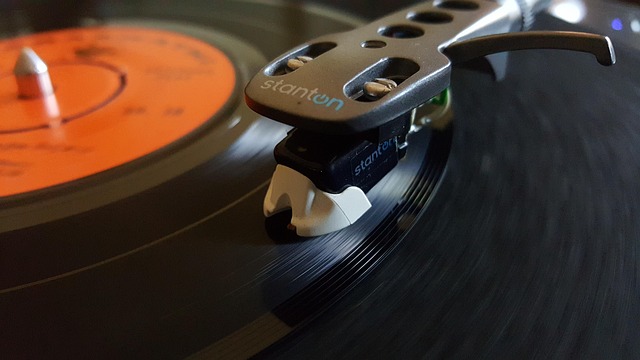Vinyl records, or phonograph discs as they were once called, emerged from a lineage of inventions that reshaped how people experienced music. The earliest iterations were crafted from shellac—a resinous compound derived from the lac bug—combined with wax and other binders. These fragile discs paved the way for the more durable vinyl format, which offered a smoother surface and enhanced fidelity. The transition wasn’t merely technical; it marked a shift in how sound was preserved and shared. Imagine the tactile sensation of placing a needle on a groove, knowing that what follows is a direct physical translation of vibration into emotion.
The process of manufacturing vinyl records is a meticulous craft that blends chemistry, engineering, and artistry. It begins with mastering, where the original audio is etched onto a lacquer disc. This master is then used to create a metal stamper, which presses the grooves into heated vinyl pellets. The result is a playable disc that carries the sonic fingerprint of the original recording. Each step demands attention to detail, from temperature control to groove depth. Even the weight and thickness of the vinyl can influence playback quality, making production a sensitive balance between form and function.
Listening to vinyl is a distinctive experience that differs fundamentally from digital formats. The analog nature of the sound reproduction means that what you hear is a continuous waveform, not a series of sampled bits. This creates a warm, full-bodied sound that many listeners find pleasing. Surface noise, often considered a flaw, can also add character, reminding the listener of the physicality of the medium. The act of flipping a record, cleaning it, and adjusting the stylus becomes part of the ritual—a moment of pause in an otherwise fast-paced world.
Collecting vinyl records is more than a hobby; it’s a intimate exploration of taste, history, and aesthetics. Some enthusiasts seek rare pressings, others focus on cover art, and many simply enjoy the hunt. The tactile nature of vinyl—its size, weight, and visual presence—makes it a compelling object to own. Record stores, flea markets, and estate sales become treasure maps for those chasing elusive titles. And let’s not forget the joy of discovering a forgotten gem tucked between dusty sleeves, its label faded but its sound intact.
Culturally, vinyl records have served as symbols of identity, rebellion, and connection. In the mid-20th century, they were central to family gatherings, teenage bedrooms, and underground movements. A record wasn’t just music—it was a statement. Album covers became canvases for visual art, while liner notes offered insights into the artist’s world. The turntable itself evolved into a tool for DJs, transforming passive listening into active creation. Vinyl’s influence stretches beyond sound; it shaped fashion, language, and even architecture, with listening rooms designed to optimize acoustics.
So, what makes vinyl records compelling to so many? Perhaps it’s the blend of nostalgia and craftsmanship, or the sense of ownership that comes with a physical collection. Maybe it’s the imperfections—the pops, the crackles—that remind us that music is a human endeavor, not just a digital stream. Or maybe, just maybe, it’s the simple pleasure of watching a stylus trace a groove, translating motion into melody, one revolution at a time.
